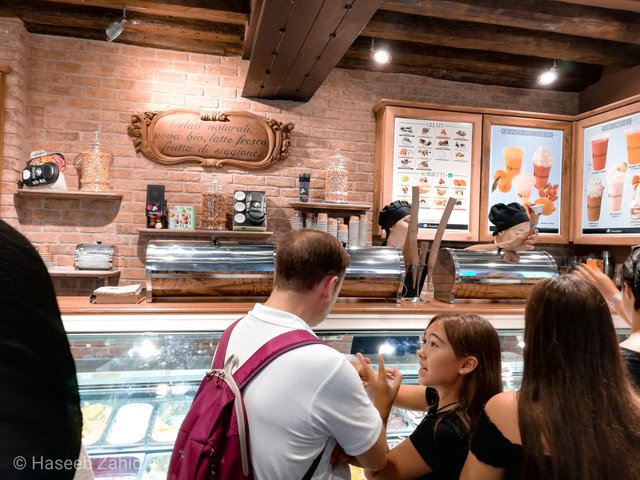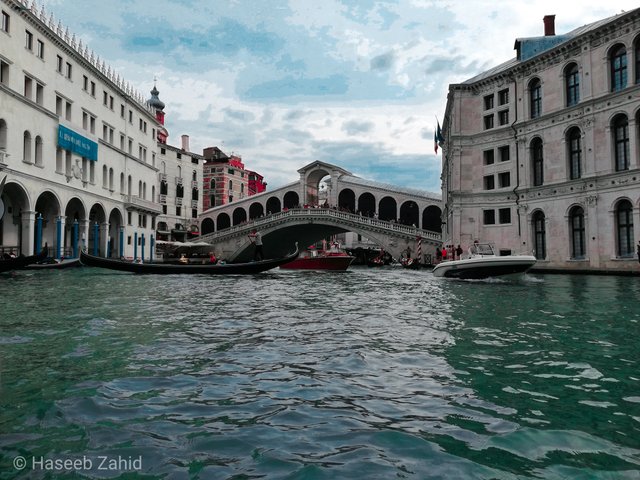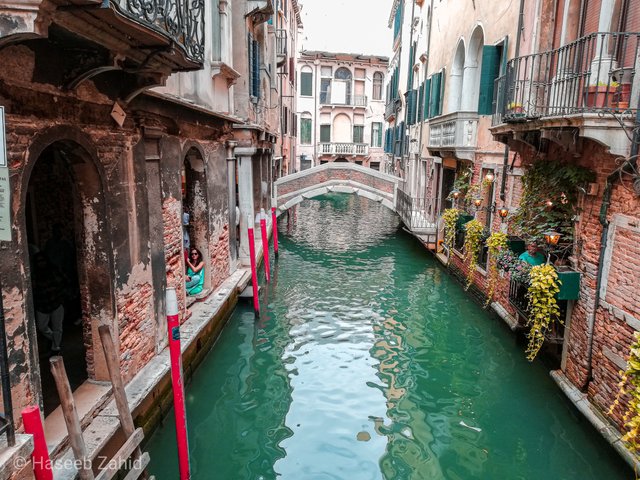.jpg)
Venice, the capital of northern Italy’s Veneto region, is built on more than 100 small islands in a lagoon in the Adriatic Sea. It has no roads, just canals – including the Grand Canal thoroughfare – lined with Renaissance and Gothic palaces. The central square, Piazza San Marco, contains St. Mark’s Basilica, which is tiled with Byzantine mosaics, and the Campanile bell tower offering views of the city’s red roofs.
Popularity
.jpg)
Venice, known also as the “City of Canals,” “The Floating City,” and “Serenissima,” is arguably one of Italy's most picturesque cities. With its winding canals, striking architecture, and beautiful bridges, Venice is a popular destination for travel.
Boats
.jpg)
Gondola
The gondola (English: /ˈɡɒndələ/, Italian: [ˈɡondola]; Venetian: góndoła [ˈɡoŋdoɰa]) is a traditional, flat-bottomed Venetian rowing boat, well suited to the conditions of the Venetian lagoon.
10 Essential Food and Drinks to Try in Venice

▪️Sarde in saor. This delectable agrodolce or sweet-sour dish is definitely our favorite.
▪️Baccala mantecato. Coming in at a close second is another sublime fish-based antipasto.
▪️Risotto al nero di seppia
▪️Risi e bisi
▪️Bigoli in salsa
▪️Fegato alla veneziana
▪️Mołéche
▪️Baicoli
Water depth

The Grand Canal – the big canal that runs through the heart of Venice – is deeper, at an average of 5 metres, while the Canale della Giudecca – which separates the main part of Venice from the island of Giudecca – is around 12 to 17 metres deep.
Canals Depth
▪️Canal Grande 5 meters
▪️Canale Della 12 to 17 meters
Giudecca
Age
.jpg)
1200 years
In 1200 years of existence, the city and its buildings changed many times over the centuries to adapt to new needs and fashion. Venice as a city is over 1200 years old; the buildings that can still be seen today are up to 800 years old.
Why is Venice built on water?

To make the islands of the Venetian lagoon fit for habitation, Venice's early settlers needed to drain areas of the lagoon, dig canals and shore up the banks to prepare them for building on. ... On top of these stakes, they placed wooden platforms and then stone, and this is what the buildings of Venice are built on.
Why does Venice smell so bad?
.jpg)
The effluent from the millions of tourists that visit the city goes straight into the canals and the shallow lagoon, sometimes causing a thick soup of algae and the smell of rotting vegetation.